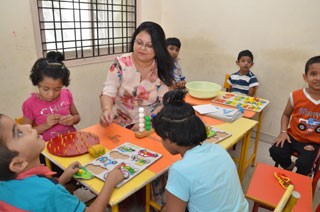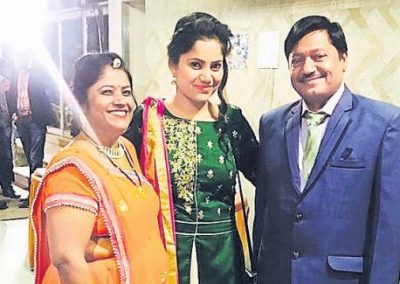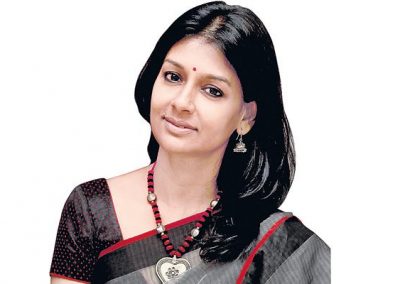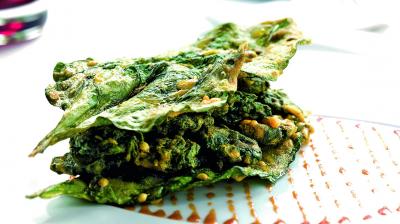It is said that a wholesome dining experience is incomplete unless all the senses are satisfied — right from how your food tastes to smells, sounds, feels and looks. In a layman’s language let’s just say that every cupcake is incomplete without a cherry on top; and, that’s why any chef worth his salt would never let a dish leave his counter without appropriate plating and presentation.
With more and more Instagram friendly “foodgrams” flooding our social media, a good-looking and well-plated dish becomes an instant conversation starter on the dinner table. Arun Sundararaj, Executive Chef at the Taj Mahal Hotel Delhi, points out that a person first eats with his eyes and then the other senses. He says, “The plating of food is a process where the chef pre-decides the quantity and the accompaniments that need to be placed on the food. Choosing a plate is like choosing a canvas for a painter. The chef would know his dish and already has an understanding of what the colour of the dish is and what would be the correct backdrop for the same. So when you are choosing a plate, the size of your plate should be in proportion to your dish. Look at the colour, if the shape is abstract then you can use the plate differently. If you need to add a new element to your plate to complete the look and feel, make sure the product that you use is of quality food grade. If you are new to the art of plating, look at current ideas online and see what you could use. Be creative when needed is what I would say.”
A good host or chef’s motto is to first get the cooking technique and the taste correct, and then look at the way the food is presented to make it look appetizing. The quantity, the balance of colour, texture, and height of the dish plays a very important role in the overall look of the plate.
From foaming layers, gaseous effects to powdered or concentrated or/and crystalised garnish techniques — there are several new techniques in the food business that are being used by experts to present the food. Speaking about the trends, chef informs, “If you have plated the food well but the food is not seasoned well or not cooked well, then you have lost the game. So get the basic right. There are many trends in plating that we see these days — cleaner plates, different textures, abstract designs to name a few. If you have been in the food business for long, you would know that white by far was the best way to plate food as it would bring out the colours that were presented. Today quirky things are used to change the pattern of the plate. With different metal platters, one can relate to the food that he has cooked it in. A lot of people are also using flotation techniques these days to showcase a dish or a part of the dish.”
While plating at restaurants and hotels is part of a fancy meal, one can also try some simple tricks at home to create an arty effect. “When one has to plate the food at home, the thumb rule is to pre-decide what you would plate the food in. If possible try plating a dry plate of the meal before you actually do it during the dinner time. Serve sauce or curry separately so the plate will not get messy. Keep many spoons, a slicer a pair of kitchen tongs (to help plate) and a small napkin handy to wipe the edge of the plate once you have placed the food on the plate. Remember that if you are doing more than one plate (i.e. a course wise meal) keep in mind the volume of your entire meal, as your guest may feel that they got too much or got too less,”








